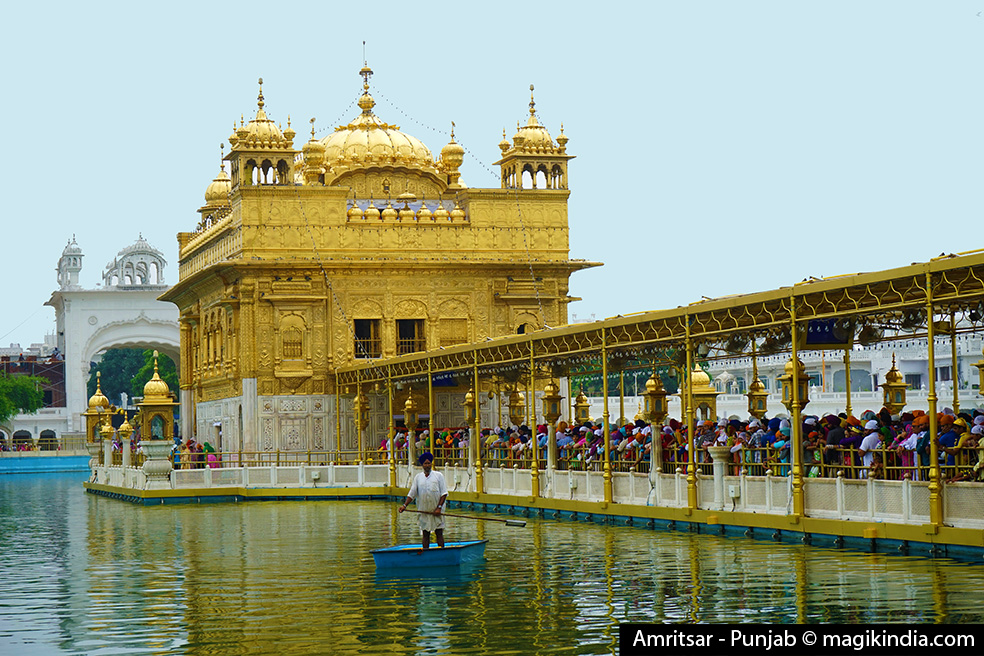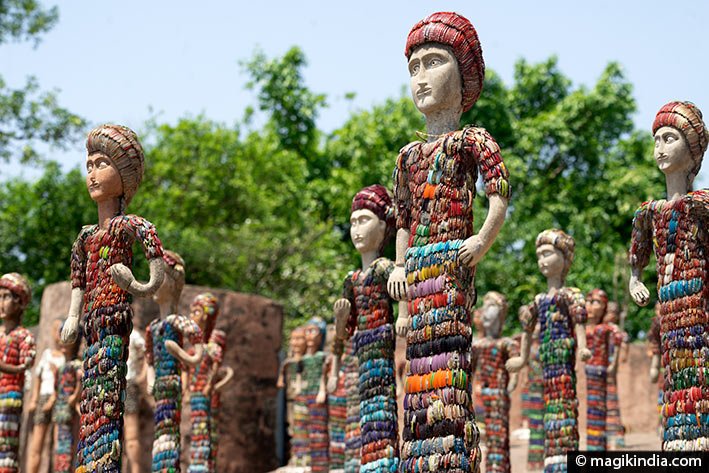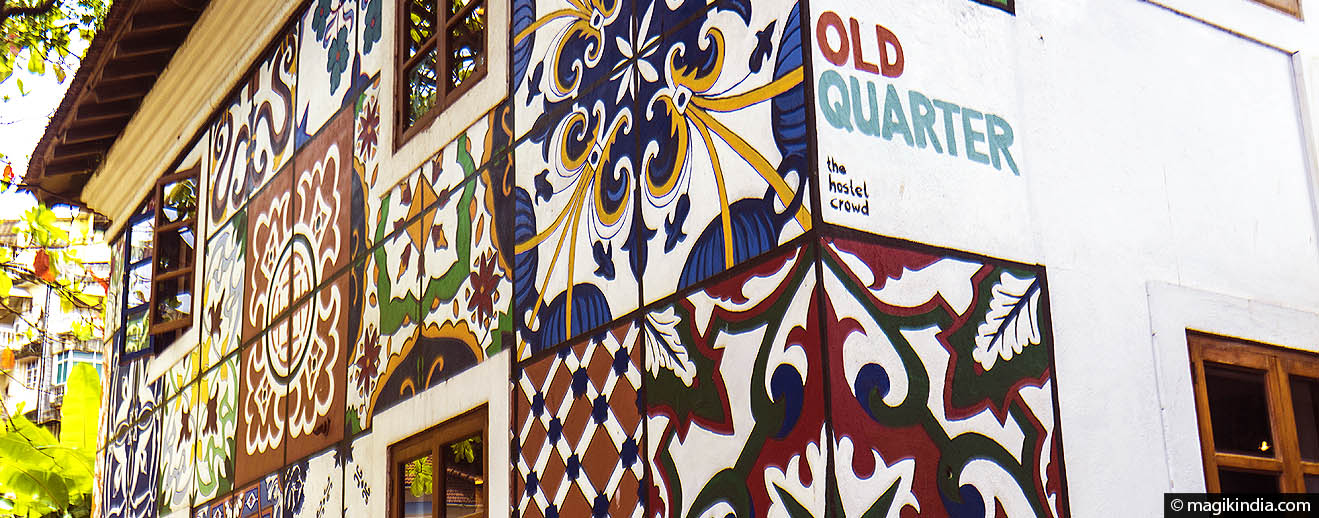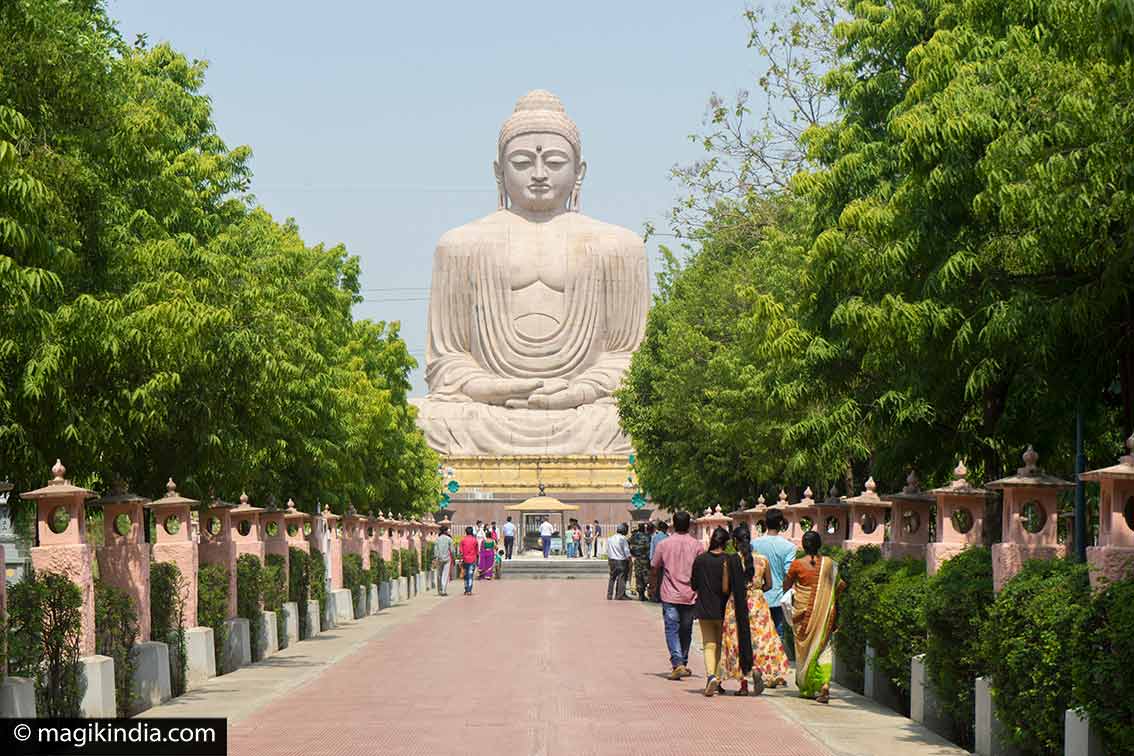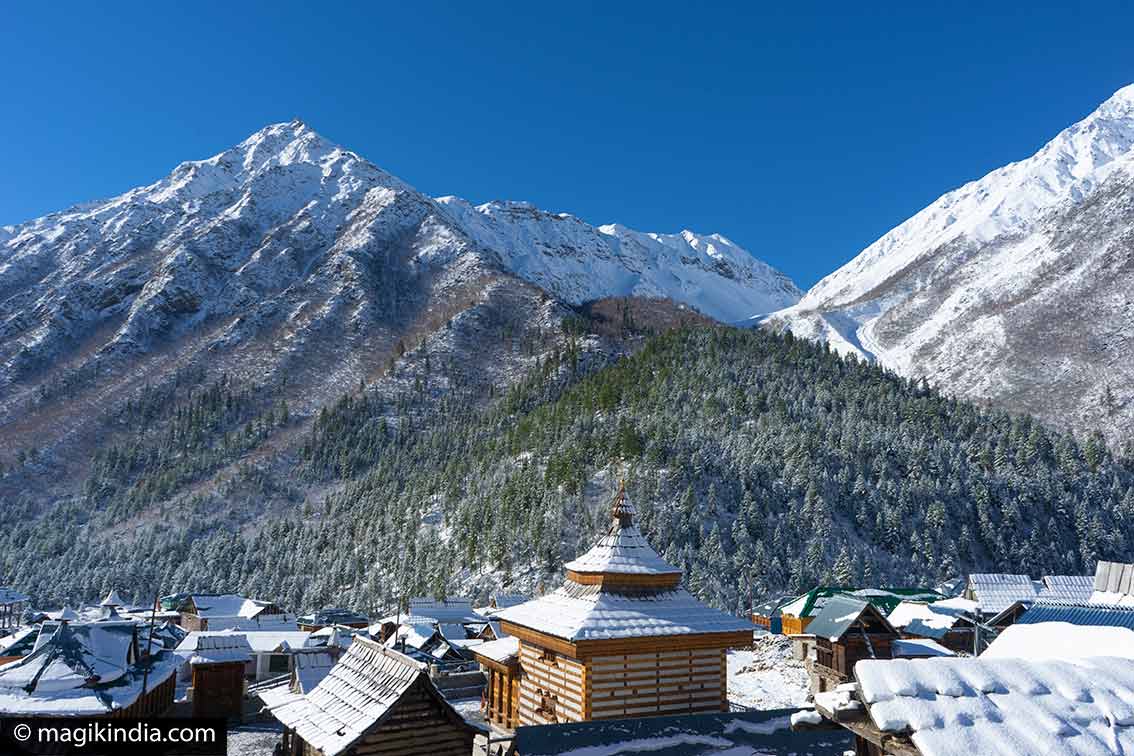Punjab
Punjab is the homeland of the Sikhs. Its name means “land of five waters”, referring to the rivers Indus, Sutlej, Beas, Ravi and Ghaggar. It is part of the Indus Valley region where India’s earliest civilisation flourished.
Because of its geographical and strategic position, Punjab absorbed the influences of a succession of invading empires from the Greeks (Alexander the Great), Huns, Turks and Afghans to the Guptas, Marathas, Mughals and British.
Today’s Punjab covers only a small part of its former territory, which included Haryana, Himachal Pradesh and part of Pakistan. In 1947 when India was partitioned and Pakistan created, West Punjab, with a majority Muslim population, became part of Pakistan (Pakistan Punjab), while the eastern, mainly Sikh and Hindu part remained in India (Indian Punjab).
As Punjab’s former capital, Lahore, was now in Pakistan, Chandigarh (also capital of the state of Haryana) became the new capital. It was a new town, designed by the Swiss-French city planner Le Corbusier. However, Amritsar, the Sikhs’ “city of immortality” is still the largest town in the state.
The Sikh religion came into being in Punjab and is practiced by half its population. It was founded by Guru Nanak (1469-1539), who sought to reconcile Hinduism and Islam as one religion. He taught the unity of God, brotherhood and the futility of idol worship. He rejected caste distinctions. After him came a succession of nine masters or gurus, the last of whom was Guru Gobind Singh (1666-1708).
Amritsar
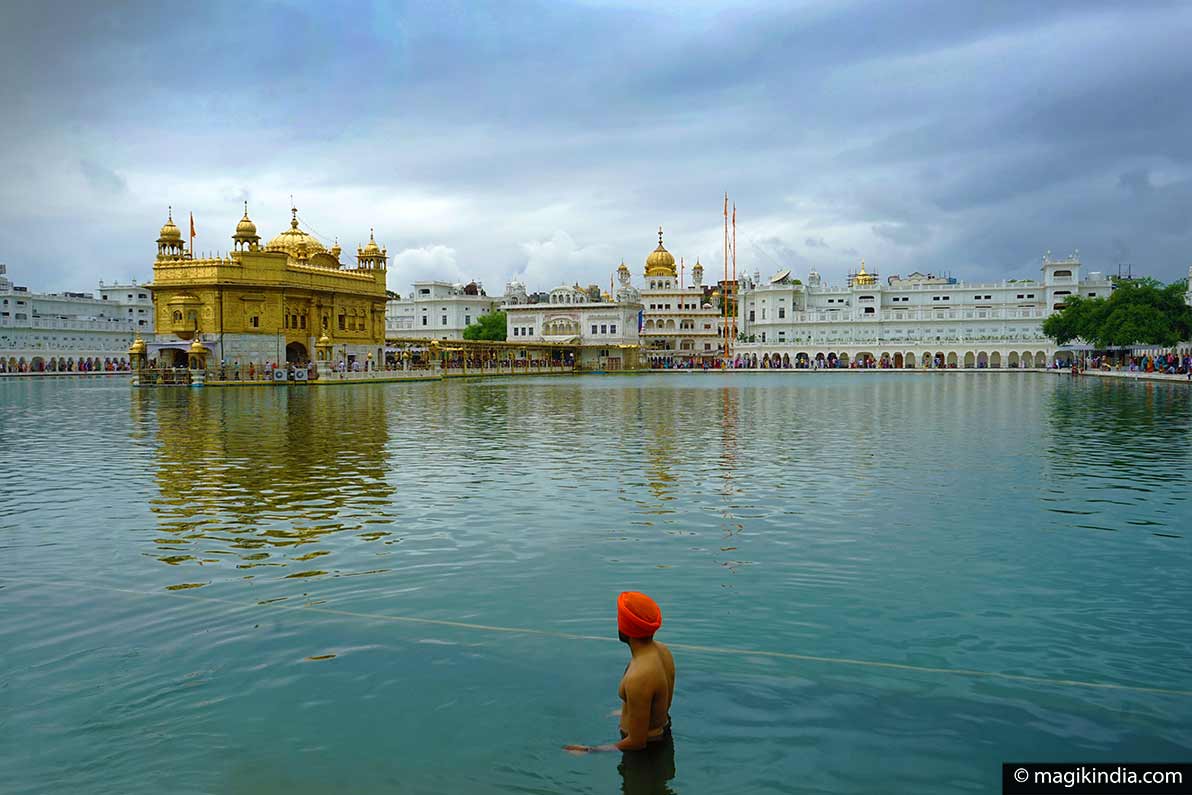 Just as Agra is known for the magnificent Taj Mahal, Amritsar too has its emblematic monument, the famous Golden Temple, spiritual and cultural centre of the Sikh religion…
Just as Agra is known for the magnificent Taj Mahal, Amritsar too has its emblematic monument, the famous Golden Temple, spiritual and cultural centre of the Sikh religion…

